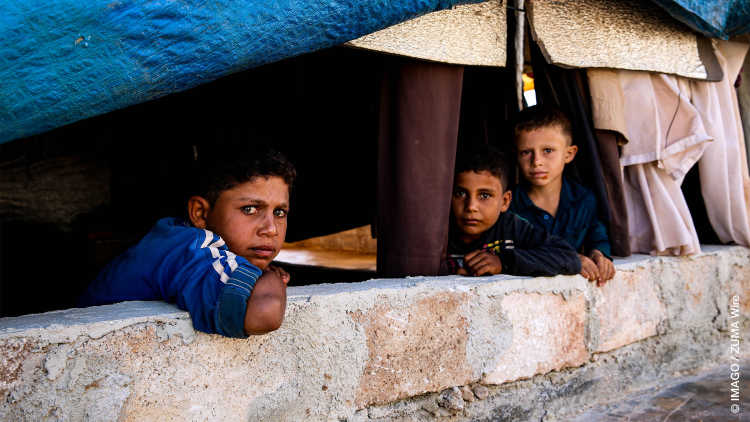- Home
- Publications
- Contributions
- Migration Decision-Making
Christiane Fröhlich
Migration Decision-Making
Infographic | 2023

Abstract
This infographic shows the factors influencing migration decision-making. At the global/national level, factors such as the economy, environment (including climate change), politics, and culture contribute to a person's decision to migrate. These factors affect the individual's adaptive capacity and vulnerability.
The decision to migrate is represented as being on a spectrum from more voluntary to more involuntary. Adaptive capacity increases the voluntary nature of migration, while vulnerability leads to more involuntary migration.
At the individual level, specific characteristics such as class, ethnicity, sexual orientation, age, gender, and education further influence this decision. Some of these factors, like class and education, can enhance adaptive capacity, while others, like ethnicity and gender, may increase vulnerability, thereby pushing the migration decision toward the involuntary end of the spectrum.
The decision to migrate is represented as being on a spectrum from more voluntary to more involuntary. Adaptive capacity increases the voluntary nature of migration, while vulnerability leads to more involuntary migration.
At the individual level, specific characteristics such as class, ethnicity, sexual orientation, age, gender, and education further influence this decision. Some of these factors, like class and education, can enhance adaptive capacity, while others, like ethnicity and gender, may increase vulnerability, thereby pushing the migration decision toward the involuntary end of the spectrum.







